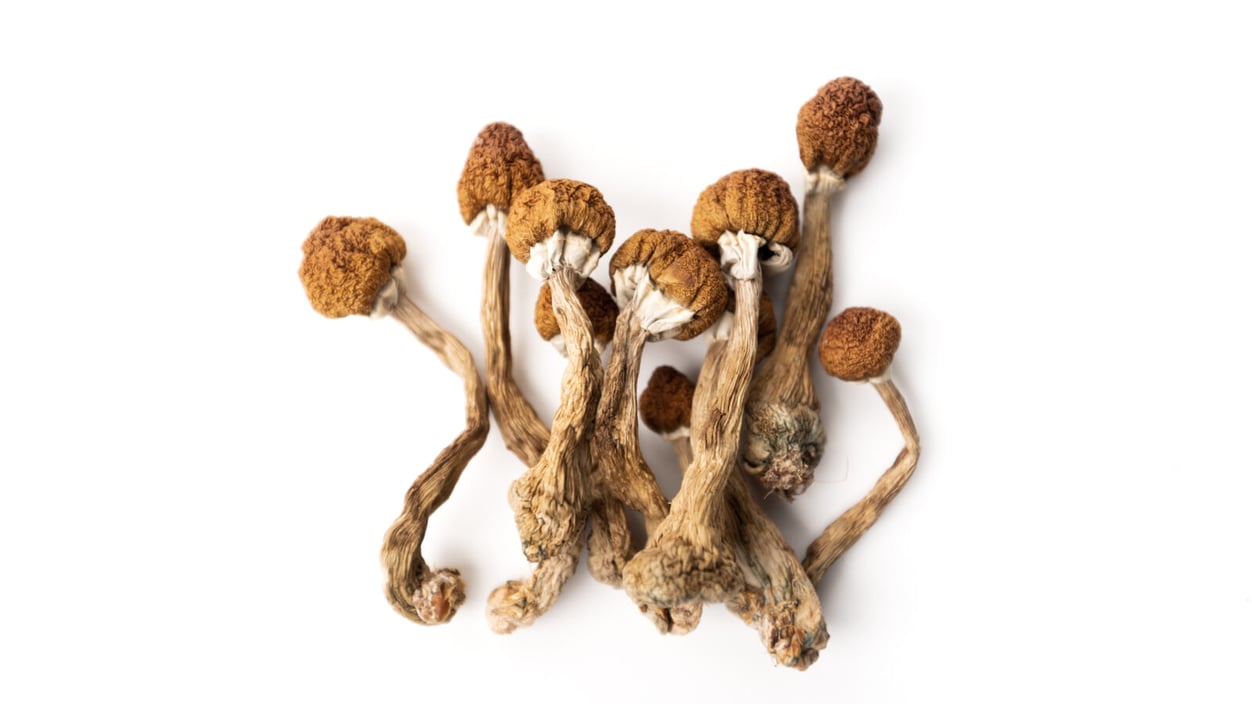policy
Trump officials say they support psychedelics. So what will they do?

Adobe
In the lead up to the presidential election, Robert F. Kennedy Jr. declared online that the FDA’s “aggressive suppression of psychedelics” was about to end. Now, he and several influential players in the Trump administration who have voiced support for psychedelics as a potential mental health treatment are in a position to make that happen, and their comments have buoyed hopes among companies, advocates, and investors in the field. But whether statements of support will translate into actual FDA approvals is up for debate, STAT’s Olivia Goldhill and Meghana Keshavan report.
“There’s a variety of things they could do, but I’ve no idea what they will do,” Mason Marks, a visiting professor at Harvard Law School, said of administration officials. Read more from Olivia and Meghana on some of the possibilities, including the acceleration of approval for MDMA as PTSD treatment, the issuance of emergency use authorizations for psilocybin, and even the rescheduling of the drug to a less restrictive level.
emergency care
CPR works differently for people who overdose, study says
People who enter cardiac arrest in connection with an opioid overdose may have better neurologic survival after receiving CPR that includes mouth-to-mouth rescue breaths, as opposed to compression-only CPR, a study published yesterday in JAMA Network Open has found.
If you’ve gotten CPR-certified in the last 15 years, you know that chest compressions have been increasingly prioritized over mouth-to-mouth breathing assistance. International guidance now recommends bystanders initiate compression-only CPR when someone nearby enters cardiac arrest. But in recent years, some experts and organizations like the American Heart Association have recommended that CPR on someone who has overdosed actually should include those rescue breaths, due to the way overdose can induce respiratory arrest and low levels of oxygen in the blood. But there’s been little to no research to provide evidence for this proposal.
For the new study, researchers analyzed almost 11,000 episodes of cardiac arrest that occurred outside hospitals in British Columbia. CPR including both compressions and breathing was associated with better outcomes in opioid-associated cardiac arrests, but not in other instances of cardiac arrest. More research is needed, and potentially more education — as the authors point out, making CPR recommendations more complicated could potentially mean fewer bystanders will intervene at all.
inequality
Federal records have been miscounting Native American & Alaska Native deaths
The gap between the overall U.S. life expectancy and that of Native American and Alaska Native people is even wider than official statistics from the Census and CDC have calculated, a study published earlier this week shows. In reality, Native Americans and Alaska Natives have a life expectancy of under 73 years, which is closer to how long somebody in El Salvador lives (to age 72) than the overall life expectancy in the U.S. (which is 78).
The difference, STAT’s Marissa Russo explains, is a result of race and ethnicity data being misreported on death certificates. “What you have is the statistical equivalent of unmarked graves for thousands of American Indians who have died but are not observed in vital statistics as having died as American Indians,” said Jacob Bor, an associate professor at Boston University School of Public Health. Read more from Marissa.
